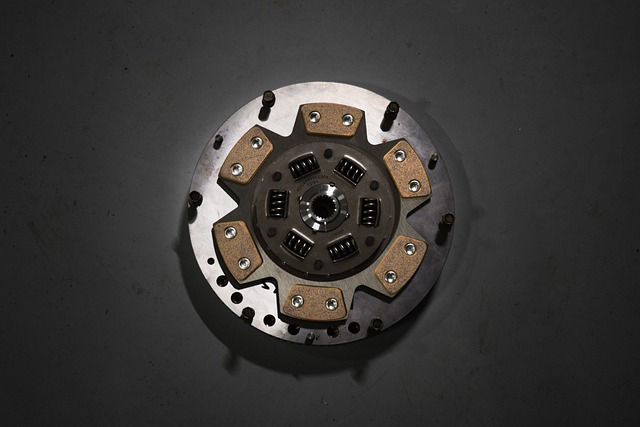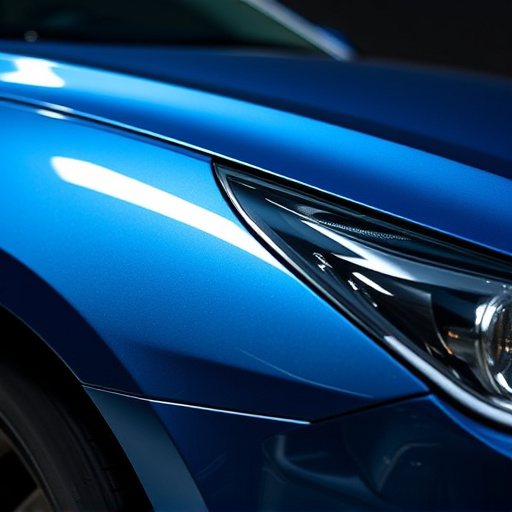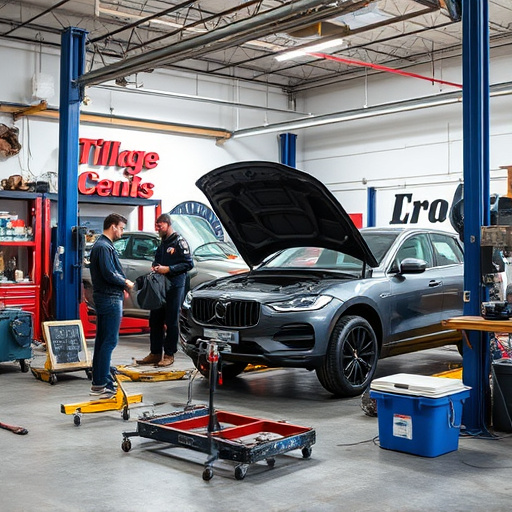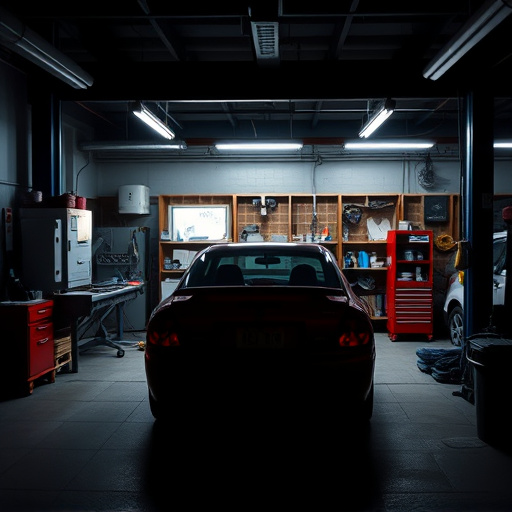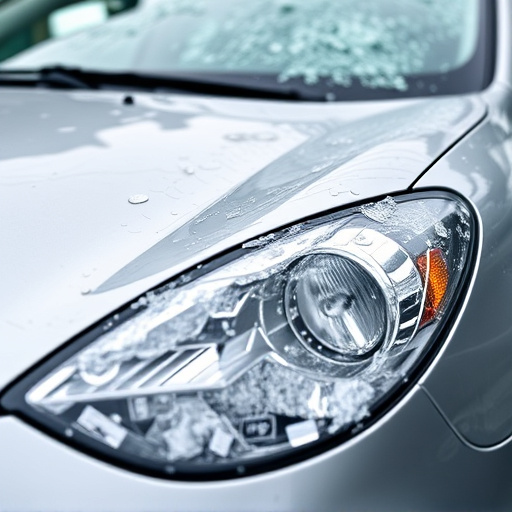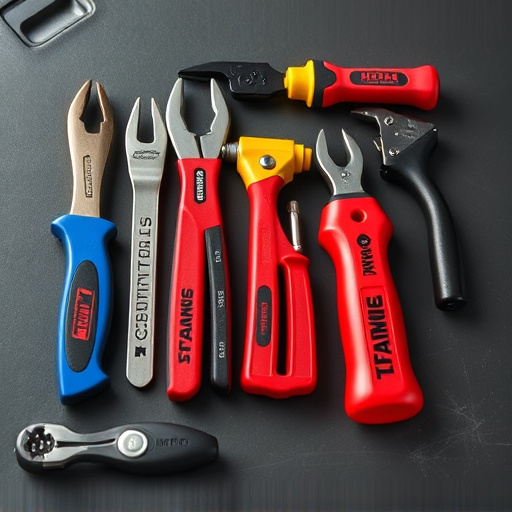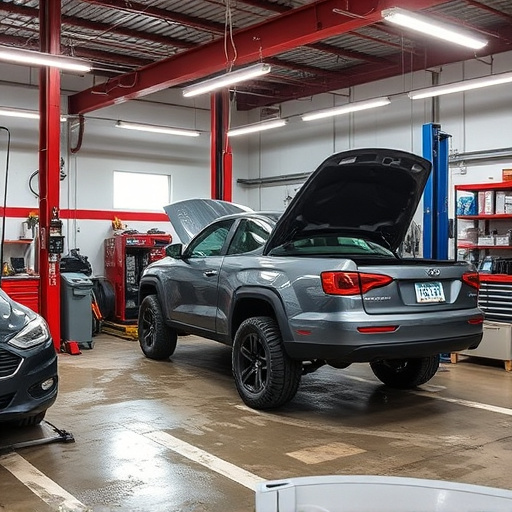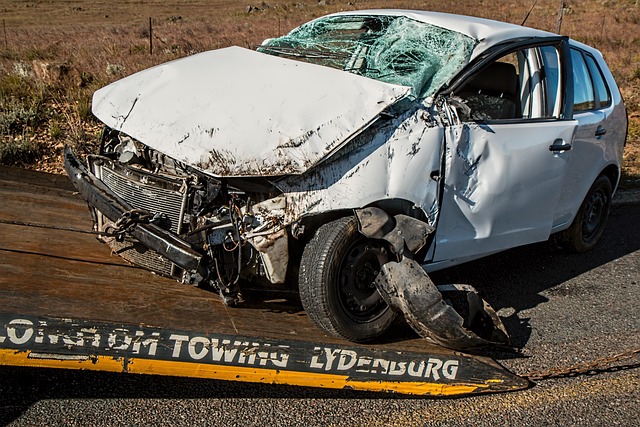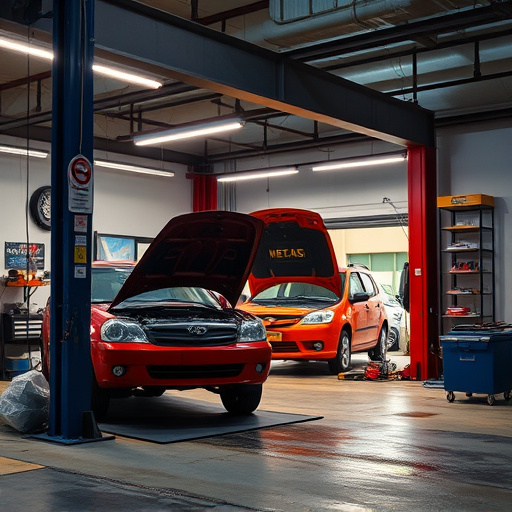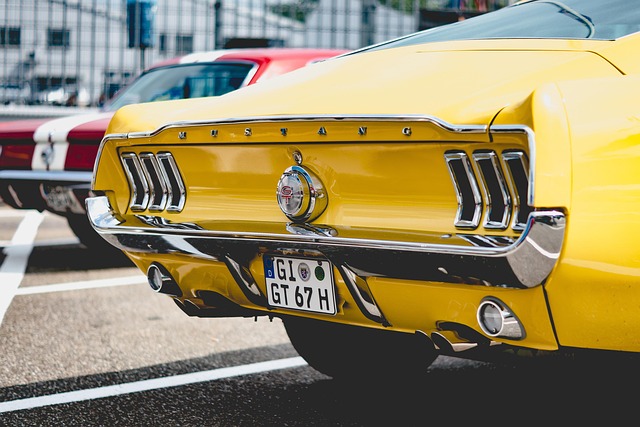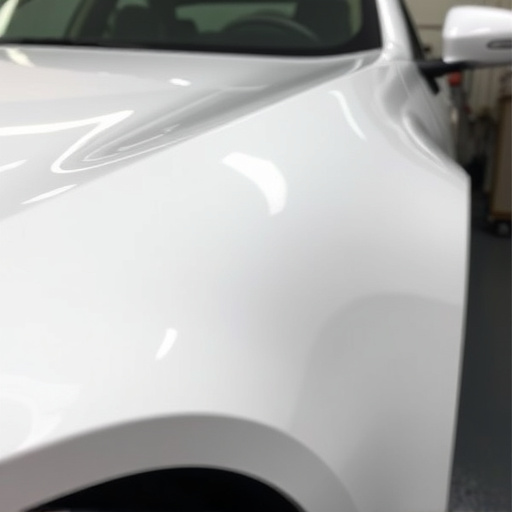The automotive industry's shift towards complex materials has made traditional car body repair inadequate. In response, Paintless Dent Repair (PDR) for body shops has emerged as a revolutionary technique. Unlike conventional methods, PDR allows technicians to remove dents and dings without extensive painting or body panel replacement, restoring cars to their pre-damage condition with minimal disruption to the original finish. This reduces repair times, costs, and environmental impact while offering benefits like quick turnaround times, reduced labor costs, and a broader range of services for both body shops and customers.
In today’s competitive automotive landscape, body shops are constantly seeking innovative solutions to enhance their services and stay ahead of the curve. Among the latest game-changers is Paintless Dent Repair (PDR), a revolutionary technique that promises faster turnaround times, reduced labor costs, and minimal paint damage. As consumer preferences shift towards quick, convenient, and cost-effective repairs, the adoption of PDR among body shops is on the rise. This article explores why traditional repair methods may not be enough and how PDR is transforming the industry by addressing modern consumers’ needs.
- The Evolution of Repair Methods: Why Traditional Techniques May Not Be Enough
- – Discussion on the limitations of conventional body shop repair methods and the need for a more efficient and cost-effective solution.
- Introducing PDR (Paintless Dent Repair): A Game-Changer for Body Shops
The Evolution of Repair Methods: Why Traditional Techniques May Not Be Enough
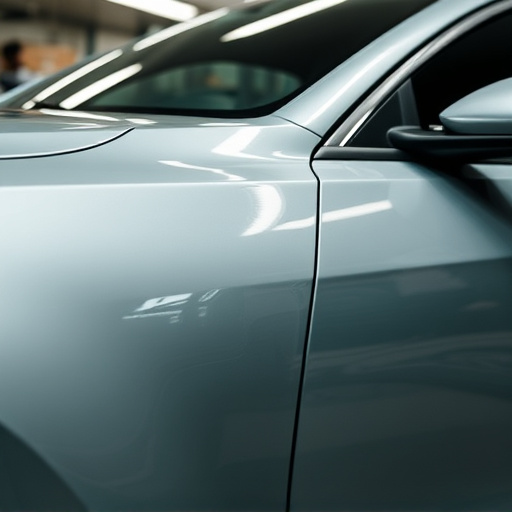
The automotive industry is constantly evolving, and so too are the methods used for car body repair. Traditional techniques that once dominated the field may no longer be sufficient to meet modern demands. As vehicles become more complex with advanced materials and designs, simple dent removal and standard paint jobs aren’t always effective or efficient solutions. This is where PDR (Paintless Dent Repair) comes in as a game-changer for body shops.
Compared to conventional car collision repair methods, PDR offers numerous advantages. It’s a specialized technique that allows technicians to remove dents and dings without the need for extensive painting or body panel replacement. By utilizing specialized tools and precision techniques, PDR can restore cars to their pre-damage condition with minimal disruption to the vehicle’s original finish. This not only reduces repair times and costs but also minimizes the environmental impact associated with traditional paint and panel repairs.
– Discussion on the limitations of conventional body shop repair methods and the need for a more efficient and cost-effective solution.
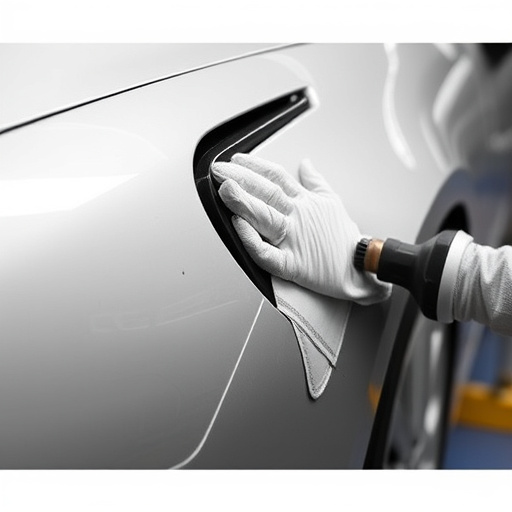
The traditional body shop repair process has long been the go-to for fixing damaged vehicles, but it’s time for a transformation. The limitations of conventional methods are becoming increasingly apparent, leaving body shops searching for an efficient and cost-effective alternative. The need for faster turnaround times, reduced labor costs, and minimal disruption to their operations is more crucial than ever. This is where PDR (Paintless Dent Repair) steps in as a game-changer.
By adopting PDR for body shops, professionals can now offer quick and reliable car bodywork services, including expert fender repair and efficient car scratch repair solutions. Unlike conventional methods that often involve extensive painting and lengthy repairs, PDR focuses on restoring the vehicle’s exterior without the need for excessive material replacement or time-consuming processes. This innovative approach not only saves time but also reduces costs, making it an attractive option for both body shops and their customers.
Introducing PDR (Paintless Dent Repair): A Game-Changer for Body Shops
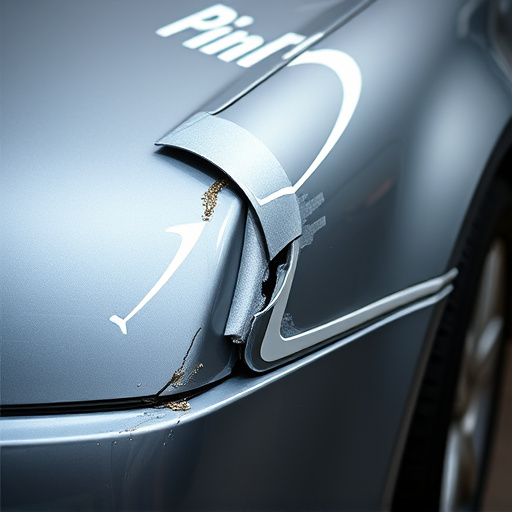
Paintless Dent Repair (PDR) is transforming the automotive industry, especially for body shops looking to stay ahead in a competitive market. This innovative car repair service has emerged as a game-changer, offering efficient and cost-effective solutions for removing dents and dings from vehicle bodies without the need for traditional painting or extensive collision repair. With PDR, skilled technicians utilize specialized tools and techniques to gently push out dents, restoring the car’s original shape and finish.
By adopting PDR, body shops can provide faster turnaround times, reduce labor costs, and offer a wider range of services to their customers. Unlike collision repair processes that often involve more complex procedures and longer durations, PDR is a relatively quick and non-disruptive process, minimizing disruption to the car’s overall structure and paintwork. This makes it an attractive option for modern body shops aiming to deliver high-quality, efficient, and cost-conscious car body shop services.
In light of the above discussions, it’s clear that PDR presents a game-changing solution for body shops facing the challenges of evolving customer expectations and cost pressures. By adopting PDR techniques, body shops can offer efficient, cost-effective, and virtually invisible repairs, enhancing their competitive edge in today’s market. This shift towards PDR is not just a trend but a strategic necessity for body shops aiming to thrive in the long term.
